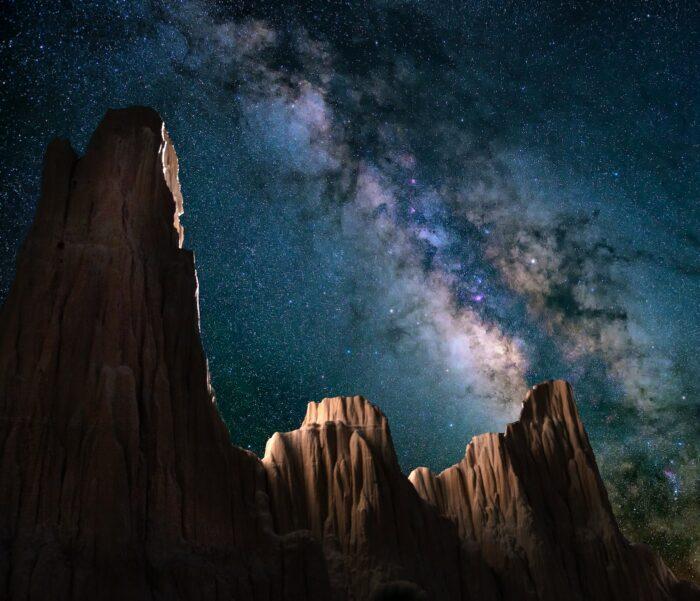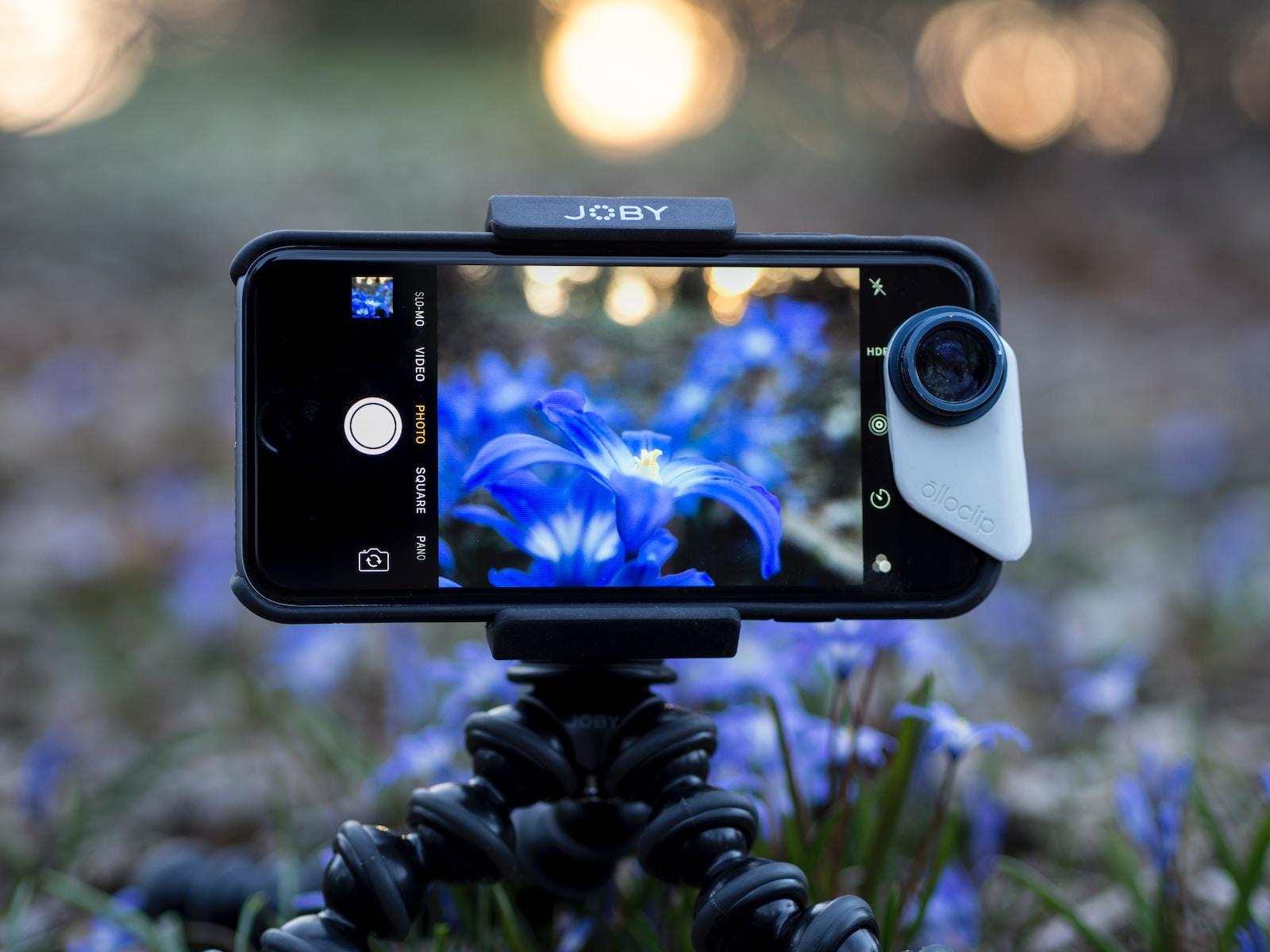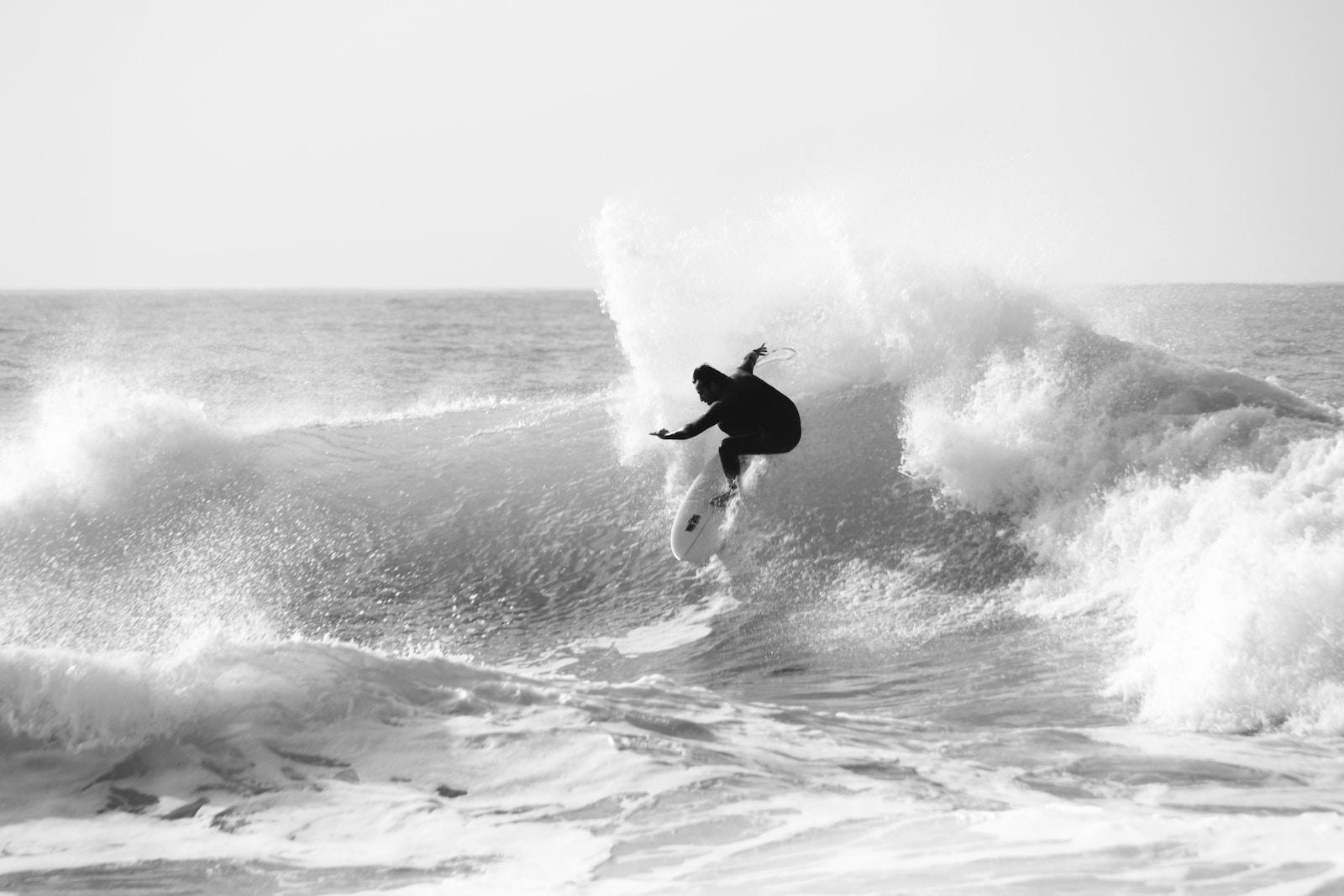Introduction :
Night photography opens up a world of endless creative possibilities. As the sun sets, a new realm of beauty emerges, challenging photographers to capture stunning images in low-light conditions. From capturing the majestic Milky Way to painting mesmerizing light trails across the frame, the art of night photography requires a unique set of skills and techniques.
In this article, we delve into the challenges and techniques of night photography, covering three captivating subjects: astrophotography, cityscapes at night, and light trails. By understanding the nuances of each genre and equipping ourselves with the right knowledge and tools, we can push the boundaries of our creativity and capture breathtaking images under the stars.
I. Astrophotography :
Astrophotography is the art of capturing celestial objects and phenomena in the night sky. From the shimmering stars to the awe-inspiring Milky Way, astrophotography allows us to unveil the mysteries of the universe through our lenses. However, this genre comes with its unique set of challenges and techniques.
- Planning and Location: Astrophotography requires meticulous planning. Choose a location away from light pollution, ideally in remote areas or dark-sky reserves. Apps and websites can help identify the best spots and predict astronomical events.
- Gear and Equipment: Investing in the right equipment is crucial for astrophotography. A sturdy tripod, a wide-angle lens with a low aperture, and a camera with good high ISO performance are essential tools. Consider using a remote shutter release or intervalometer to minimize camera shake.
- Camera Settings: Experiment with different camera settings to capture stunning astrophotography shots. Shoot in RAW format for maximum flexibility in post-processing. Adjust ISO, aperture, and shutter speed to achieve optimal exposure. Longer exposures are often necessary for capturing stars and the Milky Way.
II. Cityscapes at Night :
Cityscapes at night offer a captivating blend of artificial and natural light, creating a stunning visual spectacle. The contrast between the darkness of the sky and the vibrant city lights can yield extraordinary images. Let’s explore the challenges and techniques for capturing mesmerizing cityscapes after dark.
- Composition and Framing: When photographing cityscapes at night, composition plays a vital role. Look for interesting foreground elements that can add depth and context to your images. Experiment with different angles and perspectives to capture unique compositions.
- Long Exposures and Light Trails: To create striking cityscape images, long exposures are often employed. This technique allows you to capture light trails from moving vehicles, transforming them into beautiful streaks of color. Experiment with different exposure times and adjust your camera settings accordingly.
- Balancing Exposures: Achieving a balanced exposure can be challenging due to the stark contrast between bright city lights and dark skies. Utilize techniques such as bracketing and exposure blending to capture details in both the highlights and shadows. Post-processing tools can further enhance the final image.
III. Light Trails :
Light trails are a mesmerizing subject in night photography, adding a sense of movement and dynamism to your images. Whether it’s cars speeding through city streets or stars streaking across the sky, capturing light trails requires careful planning and execution.
- Selecting the Right Location: To capture captivating light trails, scout for locations with high traffic or interesting light sources. Bridges, highways, and urban areas with bright signage are ideal spots. Experiment with different angles and perspectives to add variety to your shots.
- Camera Settings and Techniques: To capture light trails, set your camera to a long exposure mode, such as shutter priority or manual mode. Adjust your shutter speed to a few seconds or more, depending on the desired effect. A tripod is essential to keep your camera steady during the long exposure.
- Timing and Patience: Timing is crucial when capturing light trails. Consider the flow of traffic and wait for the right moment to press the shutter. Experiment with different exposure times to achieve the desired length and intensity of the light trails.
- Creative Techniques: While capturing light trails, don’t be afraid to experiment and get creative. Try zooming in or out during the exposure to create dynamic effects. Use props such as LED lights or sparklers to add additional elements of interest to your images.
Conclusion:
Night photography presents a captivating opportunity to explore the realms of creativity and push the boundaries of our photographic skills. Whether it’s capturing the mesmerizing beauty of the night sky in astrophotography, revealing the vibrant cityscape after dark, or painting light trails with streaks of color, the challenges and techniques involved in low-light conditions require dedication, practice, and experimentation.
By understanding the specific challenges and employing the right techniques for each genre, we can capture compelling images that evoke emotions and transport viewers to a magical nocturnal world. Remember to plan carefully, invest in suitable equipment, and experiment with camera settings to achieve optimal exposure. With patience, persistence, and a passion for capturing the night, you’ll be well on your way to mastering the art of night photography.
So, grab your camera, venture into the night, and let your imagination illuminate the darkness. Happy shooting!





